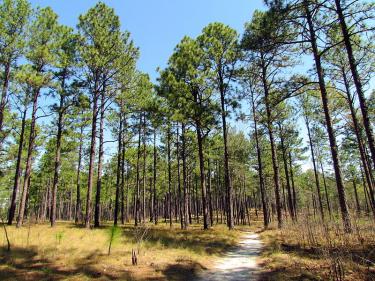What is Thinning?
Thinning your trees
As a woodland owner, you may have heard about thinning and its benefits for forests. But what is thinning, really? And how do you know if it’s right for your woods?
Think of thinning as a kind of weeding. When you tend a garden, you remove certain plants so others will have more access to the resources that help them grow. That’s what thinning is: removing undesirable trees so desirable ones will thrive.
Thinning starts with a survey of the trees in your woods. You decide which of your trees are most desirable—in terms of their size, species, condition, value for wildlife or any other goals you have for your woods—and mark them so they won’t be cut down or damaged. The rest are either removed right away, or temporarily left behind so they can protect more valuable trees and keep your land at the right density.
With the unwanted trees gone, your most valuable trees are freed from competition and receive more of the soil nutrients, moisture and sunlight they need to grow.
If you notice clumpy, dense growth in your woods—more than 450 stems per acre, with many small-diameter trees—that doesn’t allow sunlight to reach your forest floor, or if your trees are showing signs of stress or disease, it may be time for thinning. Choosing to thin may involve time, money and labor, but the benefits will outweigh the costs in the long run.
How can I get more tips?
It’s simple! Enter your email below.

